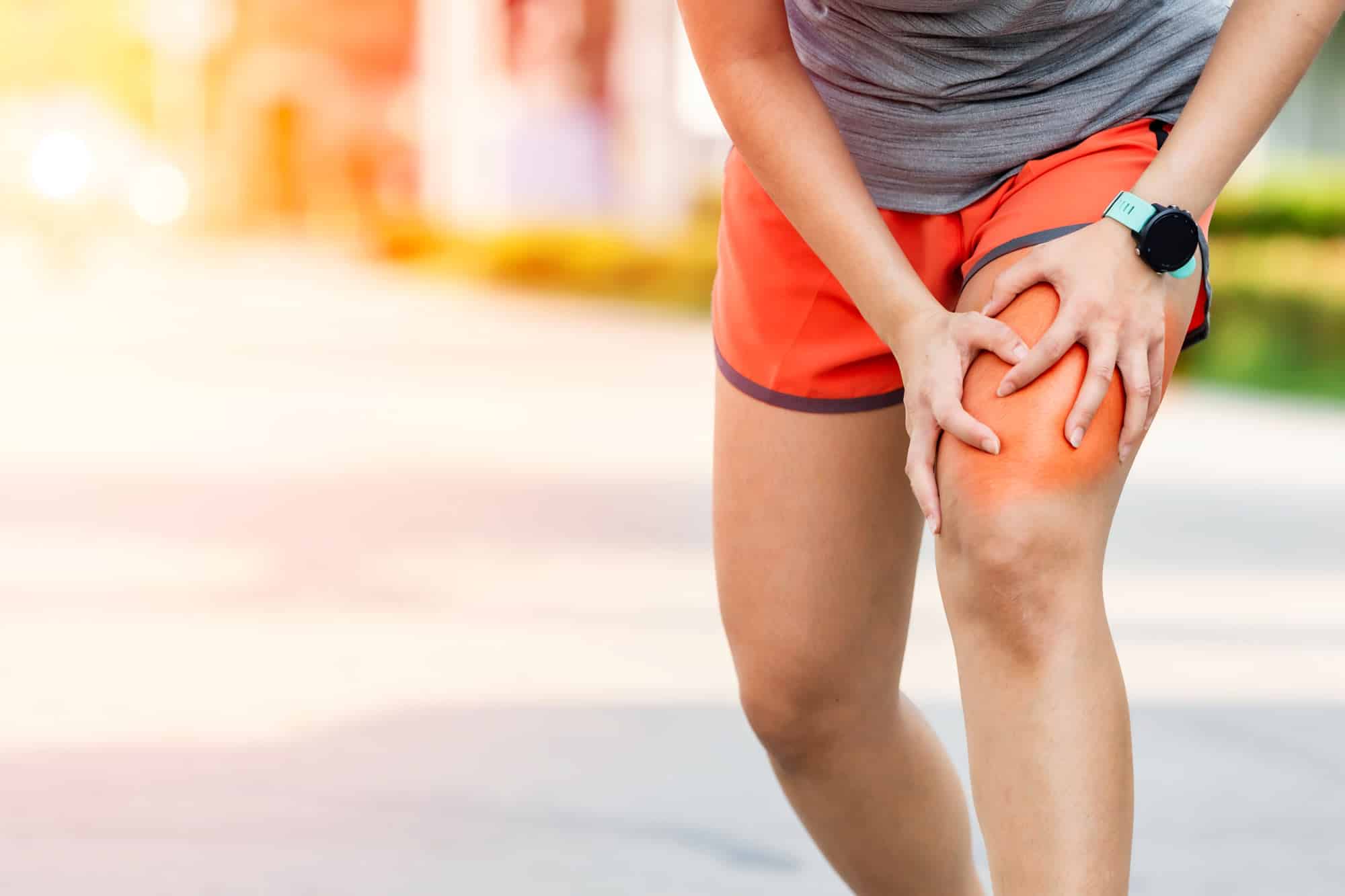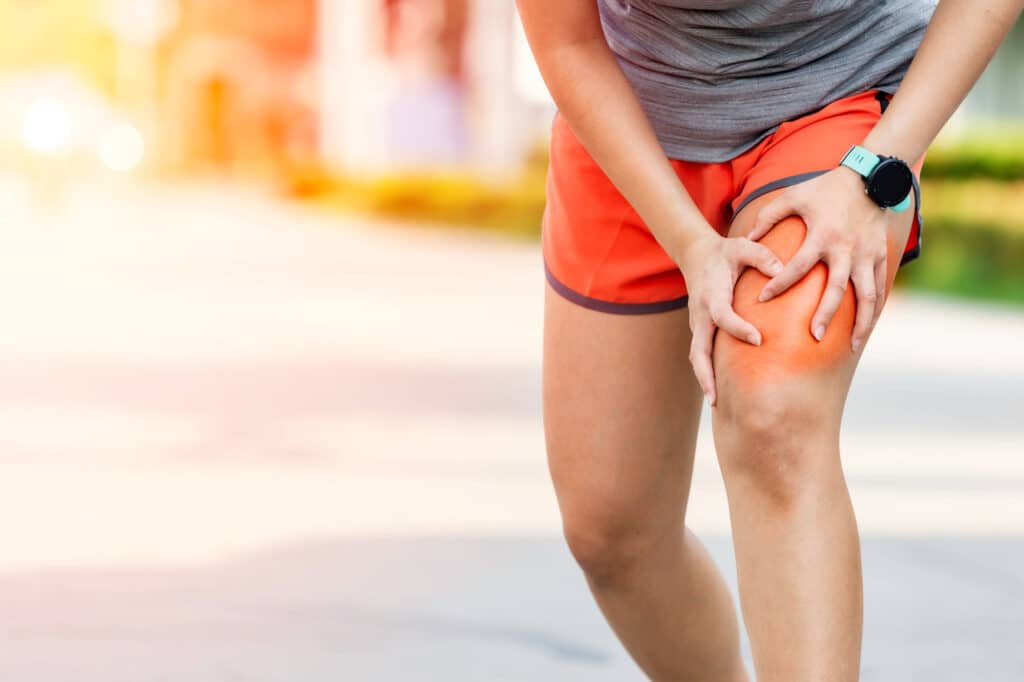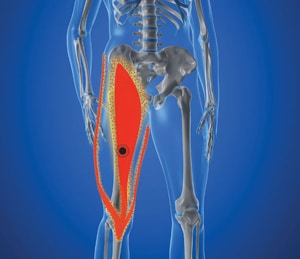Quad Muscles
Quad strains are usually a sudden injury due to a strong force.

Quad strains are usually a sudden injury due to a strong force.

Each of these muscles are used daily in walking, going from a sitting to standing position, and any athletic endeavor that includes use of the legs. Even after a strained muscle has stopped causing you pain, it may not be structurally healed optimally. If you continue to ignore and press through these symptoms, expect to feel little twinges here and there until the primary muscle involved is addressed properly.
Self-check: Signs of incomplete healing include: weakness with continued use, isolated soreness in that muscle after a strenuous activity, chronic re-injury to the same muscle or leg.
Quad strains typically cause local pain directly where the muscle injury occurs. Walking, standing, straightening the knee and direct pressure on the injured portion of the muscle all cause pain.
Quad strains are usually a sudden injury due to a strong force. Kicking and running downhill are big culprits, but anything that stretches the front of the thigh suddenly can lead to slight to severe pain.
Addressing the site of injury using A.R.T. is the initial and easy part of treatment. Rehabilitating the quad to withstand the forces we put on it daily can be tricky. Identifying the right course of stretching and exercise after exam is key to resolving the injury.
The quadriceps are actually a muscle group made up of, you guessed it, four muscles, but they all use the same tendon to connect through your kneecap and into the lower leg.
